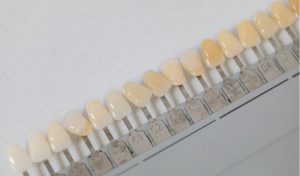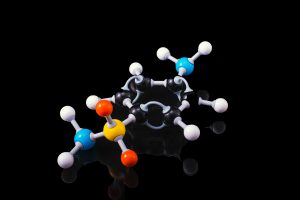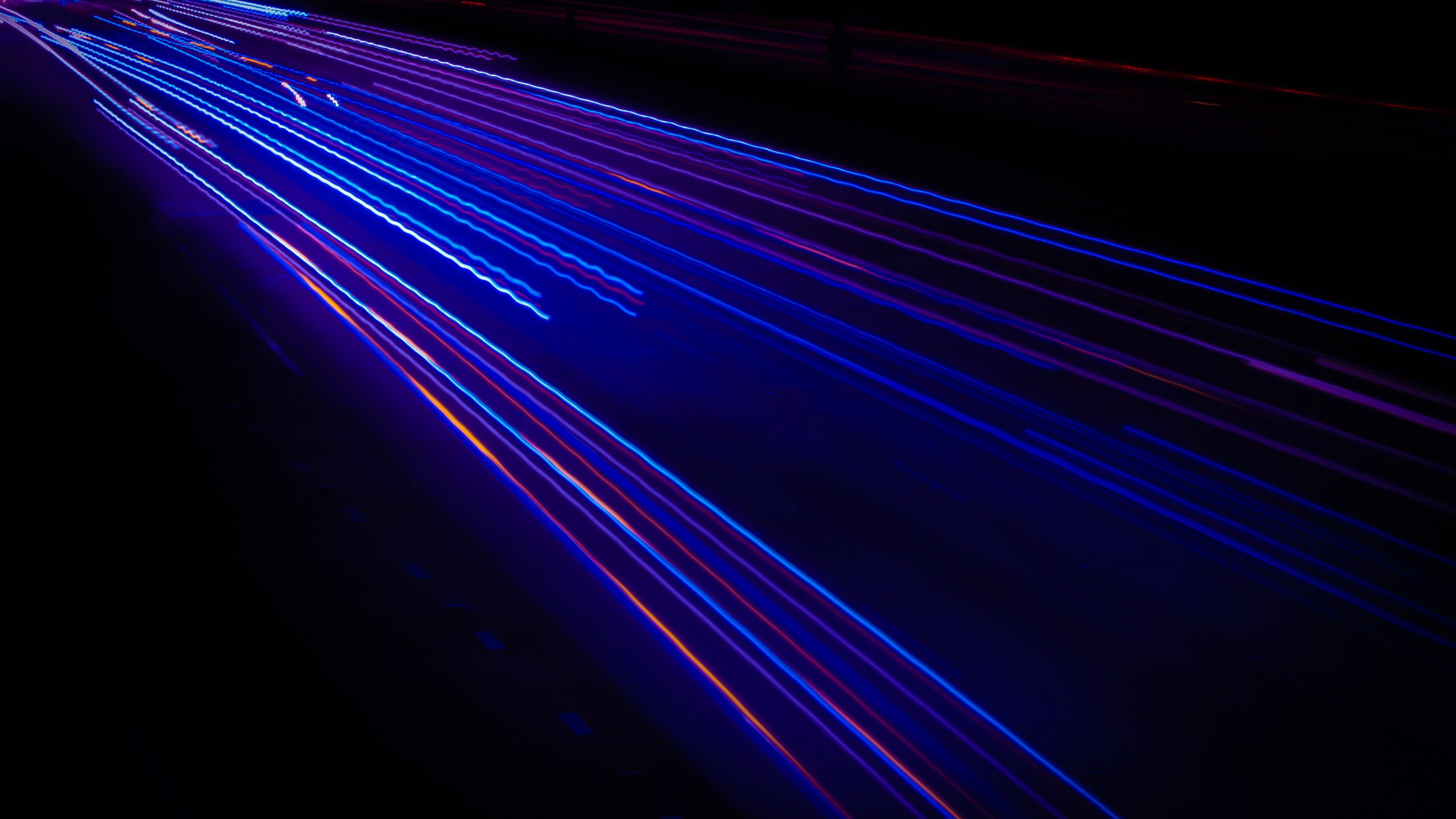Many teeth bleaching kits available on the market are offering whitening trays with LED light. Does the LED light bring more positive results compared to the possible harms and damages that it causes? Let us uncover the truth under the LED lighting and its effects on the teeth bleaching process.

Much of the research about the blue lights and its effects on human health has just begun but several studies have already discovered many harms and damages in oral tissues. Among others, LED light causes irradiation of oral tissue. That results in serious mouth disorders[1].
Moreover, tooth damage can be also caused by the temperature of light diodes of the LED light. An increase of intrapulpal temperature can be in certain amounts harmful. The LED light in the teeth bleaching process should not exceed a temperature of 5.5 degrees celsius in a heat activation[2]. If by any circumstance the temperature rises, the damages in gums and teeth can be observed.
Besides, studies showed that the effect of light-activation on teeth whitening is very small and there are insignificant improvements in teeth shades after whitening with LED light compared to teeth whitening without it [2],[3].

Additionally, a clinical study showed [2] that whitening can cause teeth and gingival sensitivity after the LED activated stage.
Why are the whitening kits with LED lights still being sold?
Good question. LED lights used to be applied with gels containing Hydrogen Peroxide (HP) during the whitening process in the past (still used in non EU countries).
However, HP usage for teeth bleaching purposes was forbidden by the European Union for at-home teeth whitening because of its toxic and damaging effect on the mouth [4]. That was a reason for the world’s and European scientists to come up with formulas that would be as effective as HP but without the damaging effects. This is how the PAP formula was created. It is suggested to be a safe and effective teeth bleaching ingredient (learn more about PAP in the article Does peroxide-free teeth whitening (bleaching) work).
Research shows [5] that LED light can have whitening effects on teeth in combination with hydrogen peroxide (HP). Teeth can not be whitened by LED light alone, nor by hydrogen peroxide products alone. It must be a combination of light and HP in order to see some effect [5]. However, as mentioned before, hydrogen peroxide (HP) is not used in EU countries anymore.
Therefore, many brands in the European market offer teeth whitening kits consisting of bleaching gels with the new PAP formula that are applied to the trays with LED light. They claim LED light activates the whitening gel and so the teeth are whitened. It would be true if the gels consisted of HP but the effect does not apply for the gels with PAP.
Dr Giniger, the world’s leading expert for teeth whitening formulations industries, claims that LED light has no effect in combination with the PAP whitening formula that is widely used in Europe. He says that only UV-C light can cause the production of free radicals from peroxides. UV-C light is also very dangerous and should not be used without professional supervision.

Based on this, the reason for the wide usage of LED light in teeth whitening products might be the old approach when hydrogen peroxide (HP) was one of the main bleaching ingredients. In fact, it is not updated to the new bleaching agent PAP which does not need any LED light to achieve a whitening effect. Therefore, the best and safest option is to choose teeth whitening products that do not include LED lights to keep your mouth safe and without any damages.
All in all, we wish you good luck in searching for the right option for you. Don´t forget to put your dental and general health to the first place. That is what matters the most to keep your smile beautiful for decades!
Make sure that information you read is fully reliable and based on professional and scientific studies. Find more about the topic in the following sources:
1 Yoshino, F., & Yoshida, A. (2018, November 1). Effects of blue-light irradiation during dental treatment. ScienceDirect. https://www.sciencedirect.com/science/article/pii/S1882761618300115#bib0045
2 Hayward, R., Osman, Y., & Grobler, S. R. (2012, September 20). A Clinical Study of the Effectiveness of a Light Emitting Diode System on Tooth Bleaching. ResearchGate. https://www.researchgate.net/publication/232232747_A_Clinical_Study_of_the_Effectiveness_of_a_Light_Emitting_Diode_System_on_Tooth_Bleaching
3 Baroudi, K., & Hassan, N. A. (2014). The effect of light-activation sources on tooth bleaching. PubMed Central (PMC). https://www.ncbi.nlm.nih.gov/pmc/articles/PMC4178330/
4 Irish Medicine Board. (n.d.). The Health Products Regulatory Authority. https://www.hpra.ie/docs/default-source/default-document-library/240712_communicationontoothwhiteningproducts_distributorsfinal.pdf?sfvrsn=2
5 Gottenbos, B. et al., (2021, February 1). Insights into blue light accelerated tooth whitening. ScienceDirect. https://www.sciencedirect.com/science/article/pii/S2405844021000189

